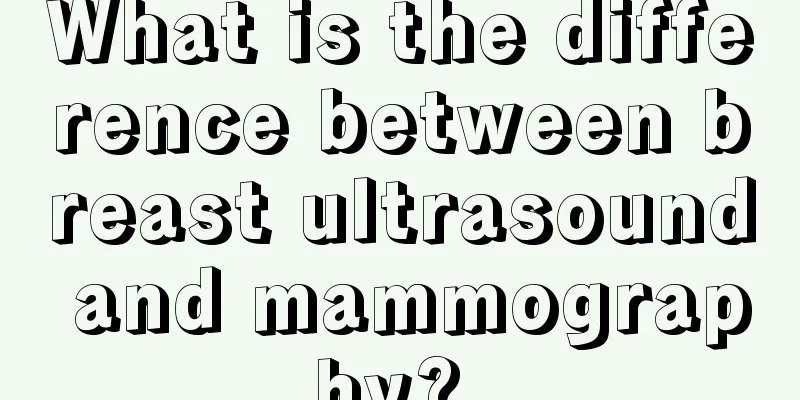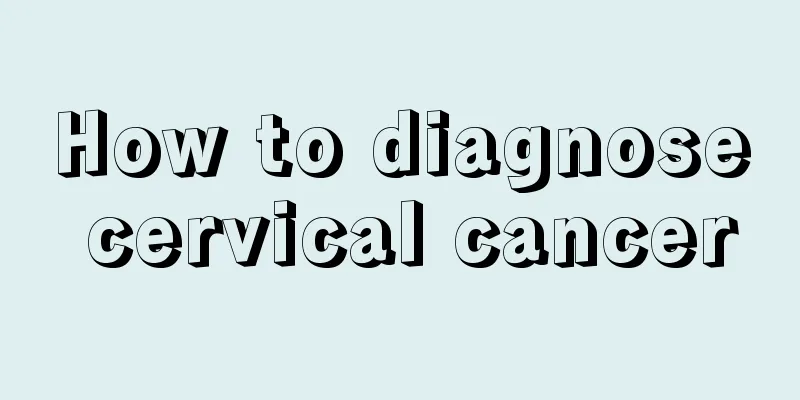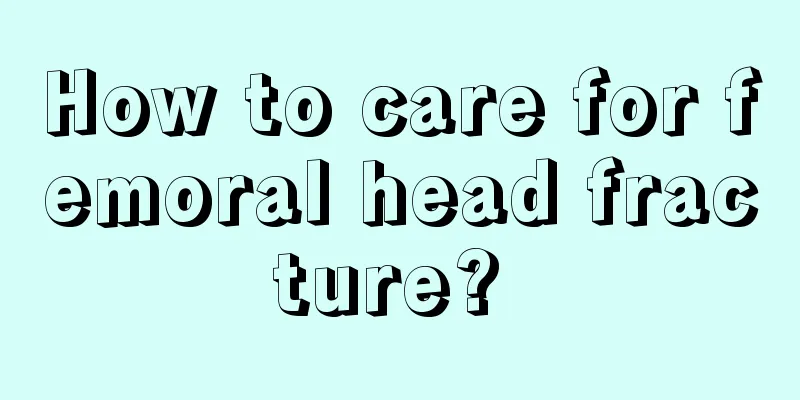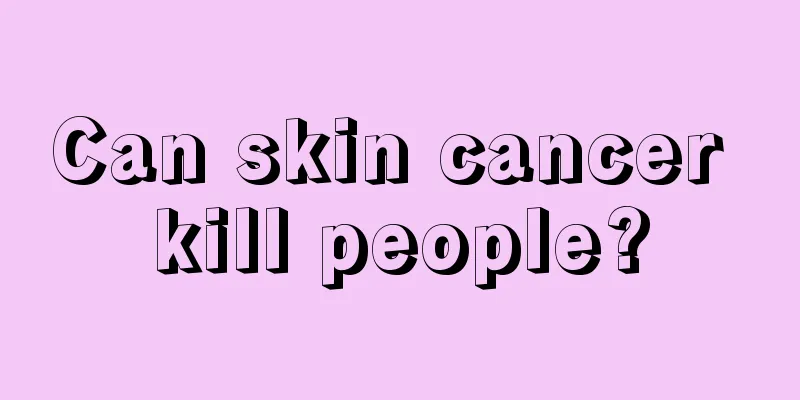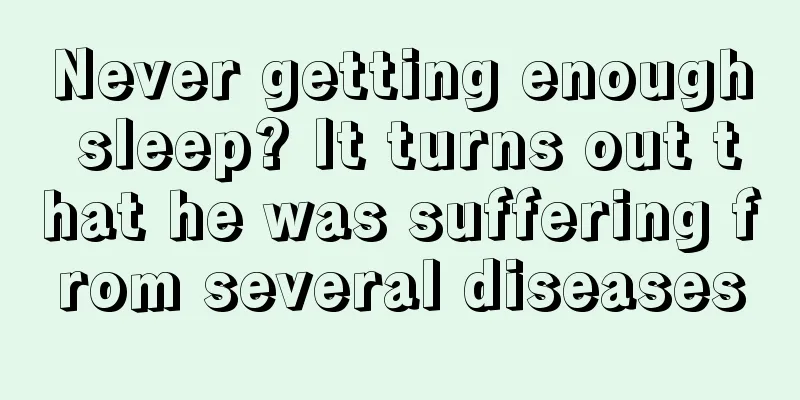Where does ankylosing spondylitis hurt and what are the symptoms
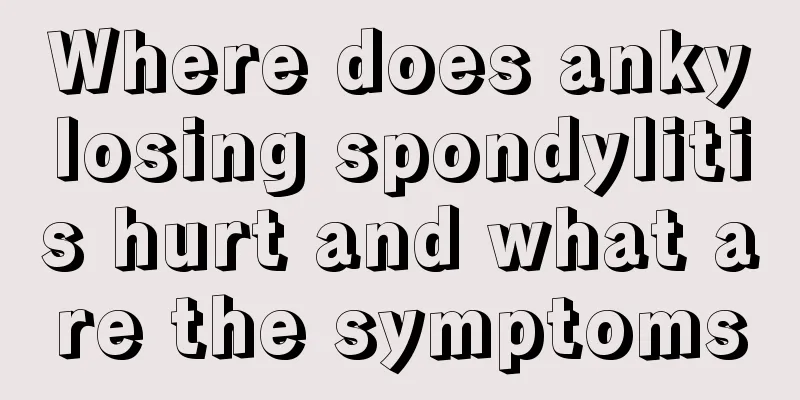
|
Ankylosing spondylitis is a common type of spondylitis that can cause obvious harm to the patient's spinal health. Generally speaking, ankylosing spondylitis causes significant pain in the back and chest, and the movement of the head up and down is restricted. 1. Characteristics of thoracic spine lesions: back pain, pain in the anterior chest and rib cage, limited chest expansion, abdominal breathing and respiratory difference less than 2.5 cm, and lung function may show restrictive ventilation disorder. In the late stage, the thoracic spine may flex forward and become a hunchback deformity. 2. Characteristics of lumbar spine disease: low back pain, limited flexion, back extension, side bending and rotation of the waist, significantly increased distance of both hands touching the ground, in the late stage of disease, the normal physiological curvature of the lumbar spine disappears and becomes flat, and due to spasm of the paraspinal muscles, there are strip-like bulges on both sides of the median depression of the lumbar spine, which are stiff to the touch, and lumbar muscle atrophy may also occur. 3. Symptoms of ankylosing spondylitis affecting the thoracic spine include back pain, pain in the front chest and flanks, limited chest expansion, breathing pain, shortness of breath, and kyphosis. When the disease affects the cervical spine, symptoms include pain in the cervical spine, upper limbs, and head, stiff neck, limited up and down, left and right rotation, inability to turn back, inability to look straight ahead, and a turtle neck deformity. The disease gradually develops to the late stage, at which time all the joints of the spine have become ankylosed and fixed, the pain has been significantly relieved, and X-rays show that the spine has bamboo-like changes, movement is difficult, and the joints are stiff, making the patients miserable. 4. Characteristics of cervical spondylosis: Cervical pain that may radiate to the back of the head and upper limbs, neck stiffness and limited movement, limited functions of lowering and raising the head and turning the head. When turning the head back, the body must be turned together. This is caused by neck stiffness. Examination may reveal that the mandibular distance of the patient is enlarged. Severe ankylosing spondylitis may also cause severe flexion deformity of the head and back. The patient cannot look straight ahead and can only see the soles of his feet. |
<<: What are the obvious symptoms of heavy moisture in the body?
>>: What are the symptoms of hypokalemia
Recommend
What's wrong with a girl's delayed menarche?
Menstrual period is a necessary stage in a girl’s...
What are the early symptoms of lung cancer? 9 symptoms of early lung cancer are very common
If we can learn more about lung cancer in our dai...
Should kidney cancer patients choose kidney-preserving surgery or nephrectomy?
When kidney cancer patients choose surgery, the c...
Side effects of grapefruit flower tea
Chinese tea culture has a long history and is ver...
Will my ovaries enlarge during pregnancy?
Once a woman becomes pregnant, her body will unde...
How to kiss for the first time
Many people are kissing someone for the first tim...
Specific requirements for MRI diagnosis of prostate cancer
I believe that everyone has heard of MRI in life ...
Right middle cerebral artery stenosis
It is often said that it is important to have a s...
Suspected congenital hypothyroidism
The thyroid gland is an important tissue in the h...
What foods can prevent prostate cancer
Prostate cancer is the most common malignant tumo...
What are the fastest and best ways to get rid of acne
Adolescence is probably the time when acne occurs...
Can congenital hydrocephalus be cured? What are the treatments?
Congenital hydrocephalus is something none of us ...
Can calcium supplementation help cure thyroid cancer?
Calcium supplementation for thyroid cancer patien...
How to properly preserve fresh jellyfish
Generally speaking, fresh jellyfish cannot be kep...
Do all breast cancer patients need chemotherapy?
Do all breast cancer patients need chemotherapy? ...


